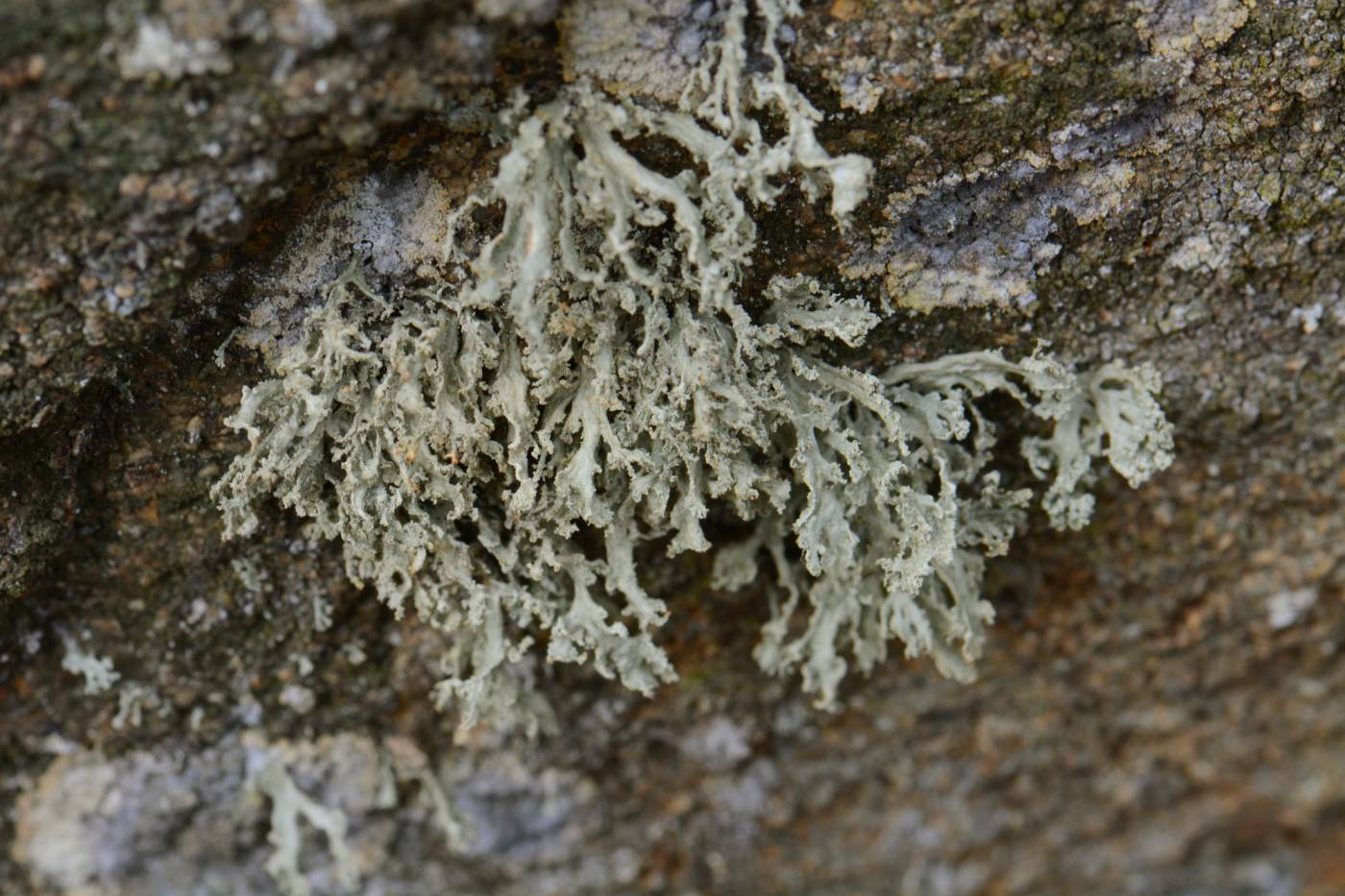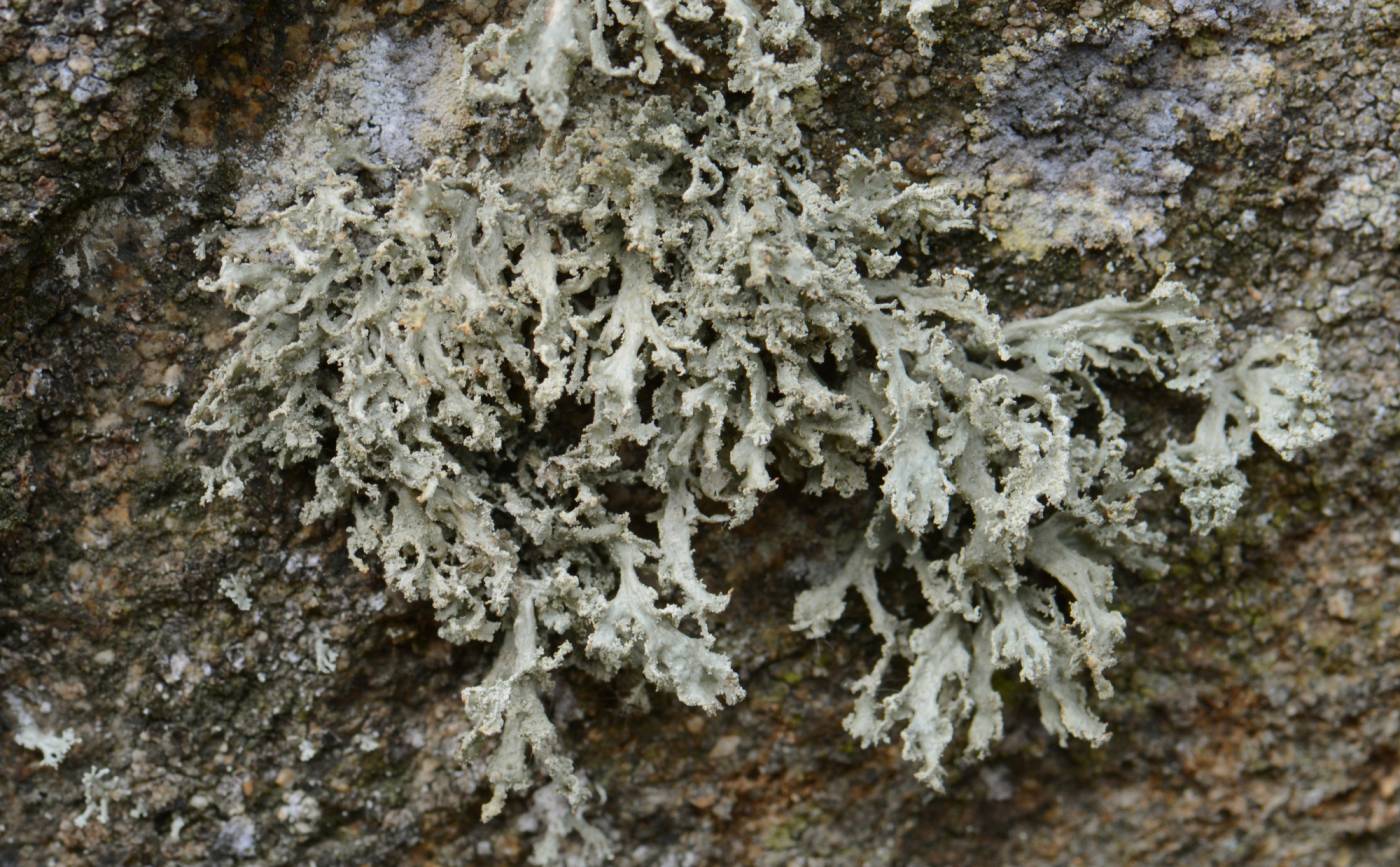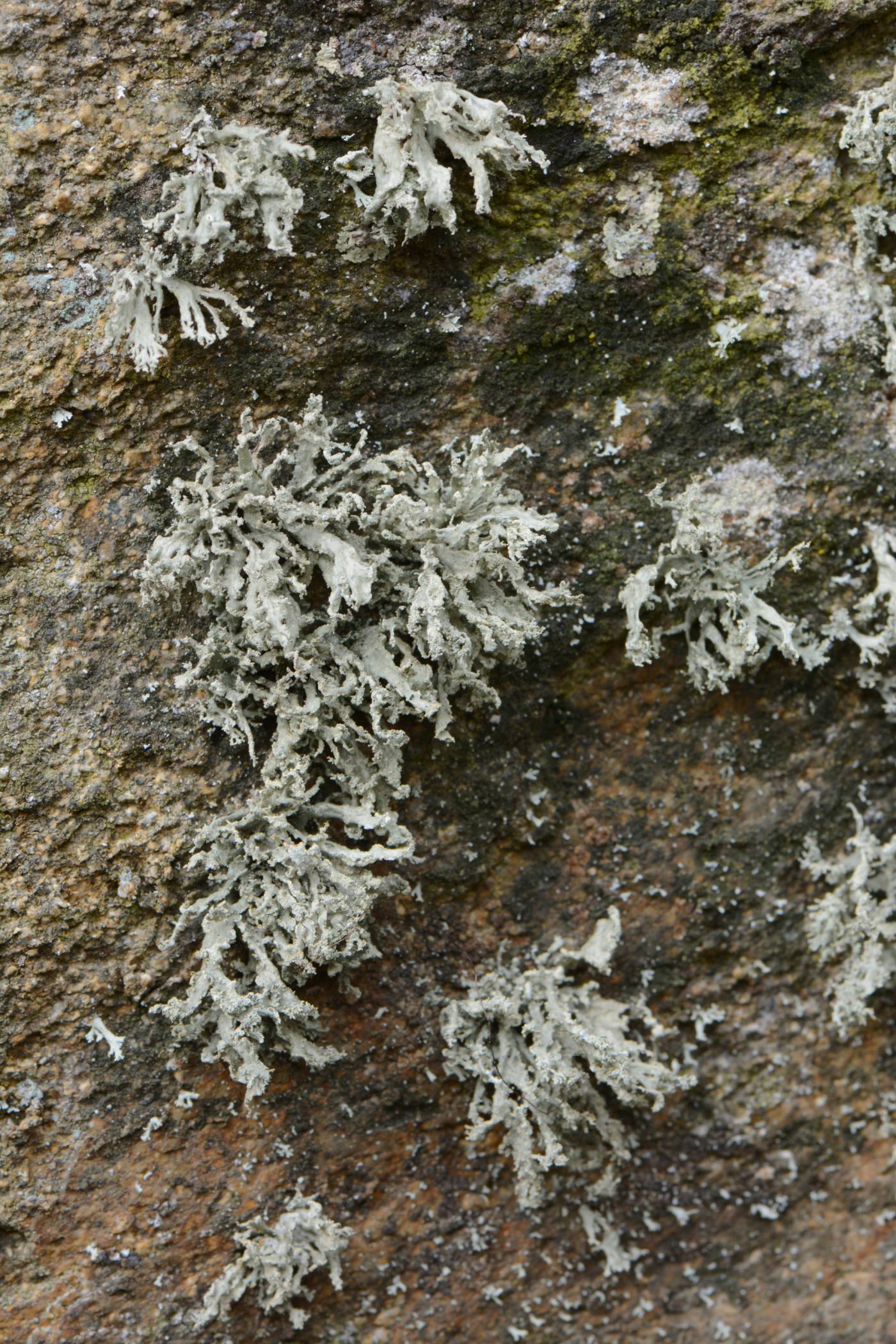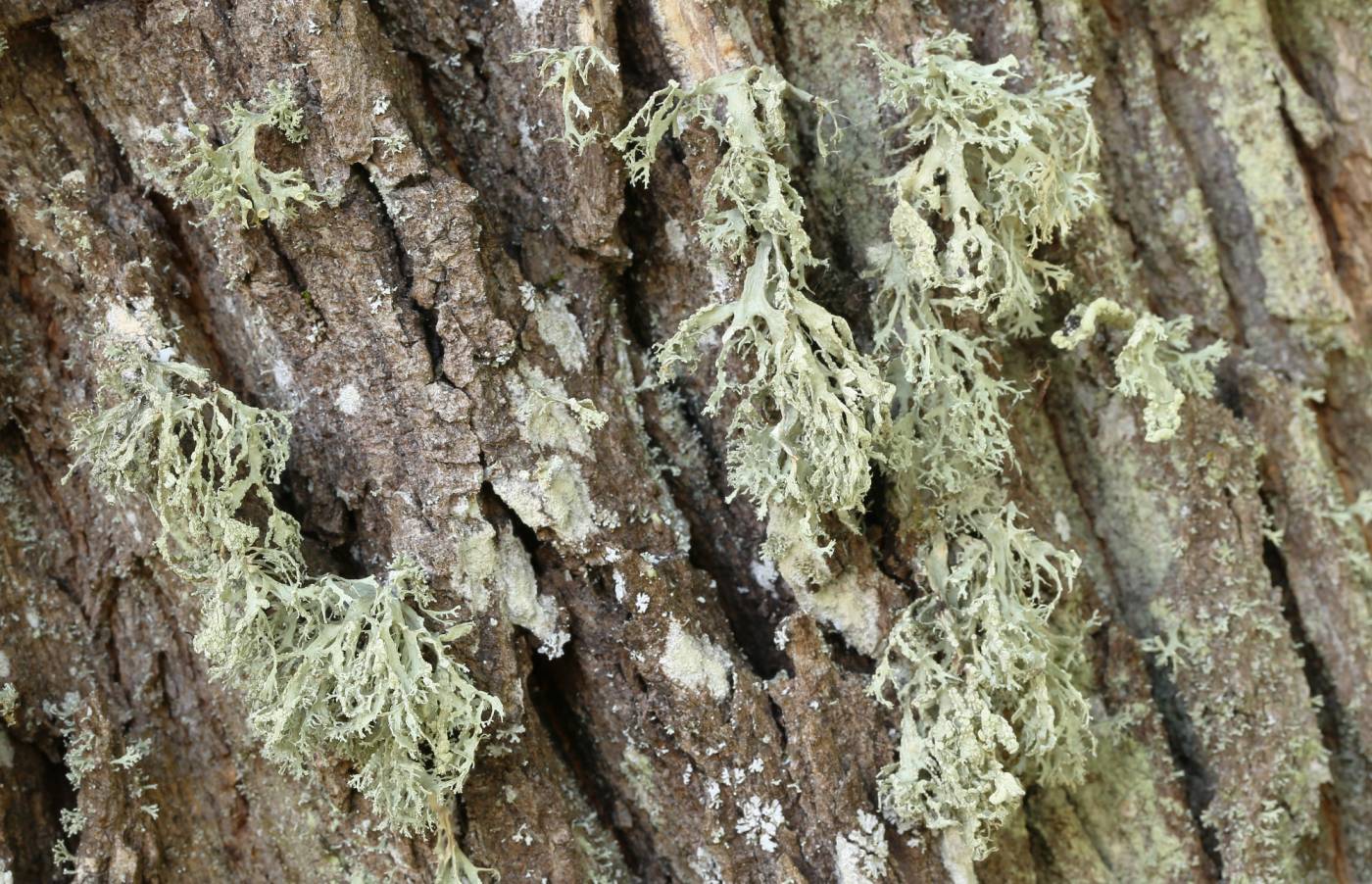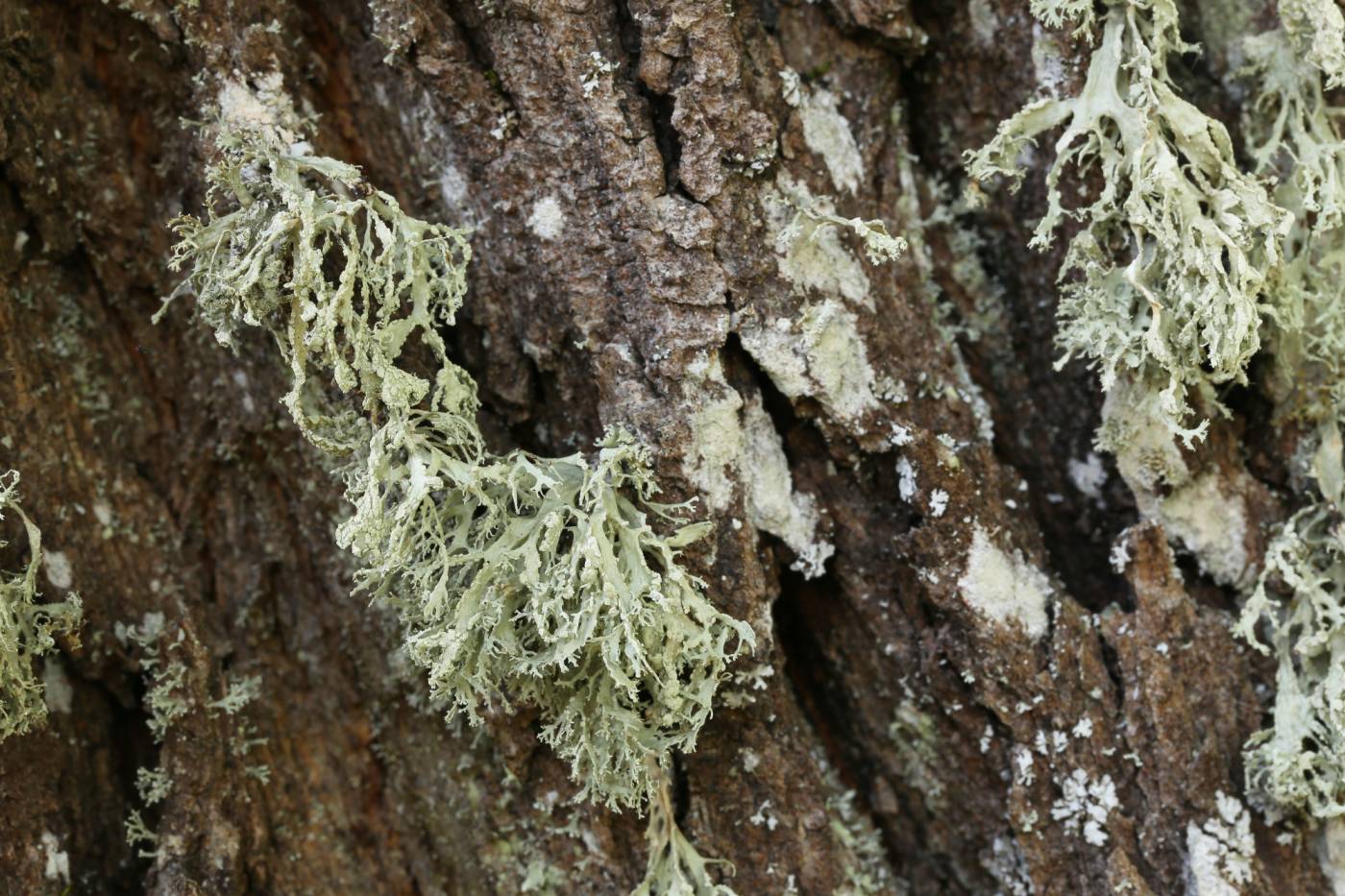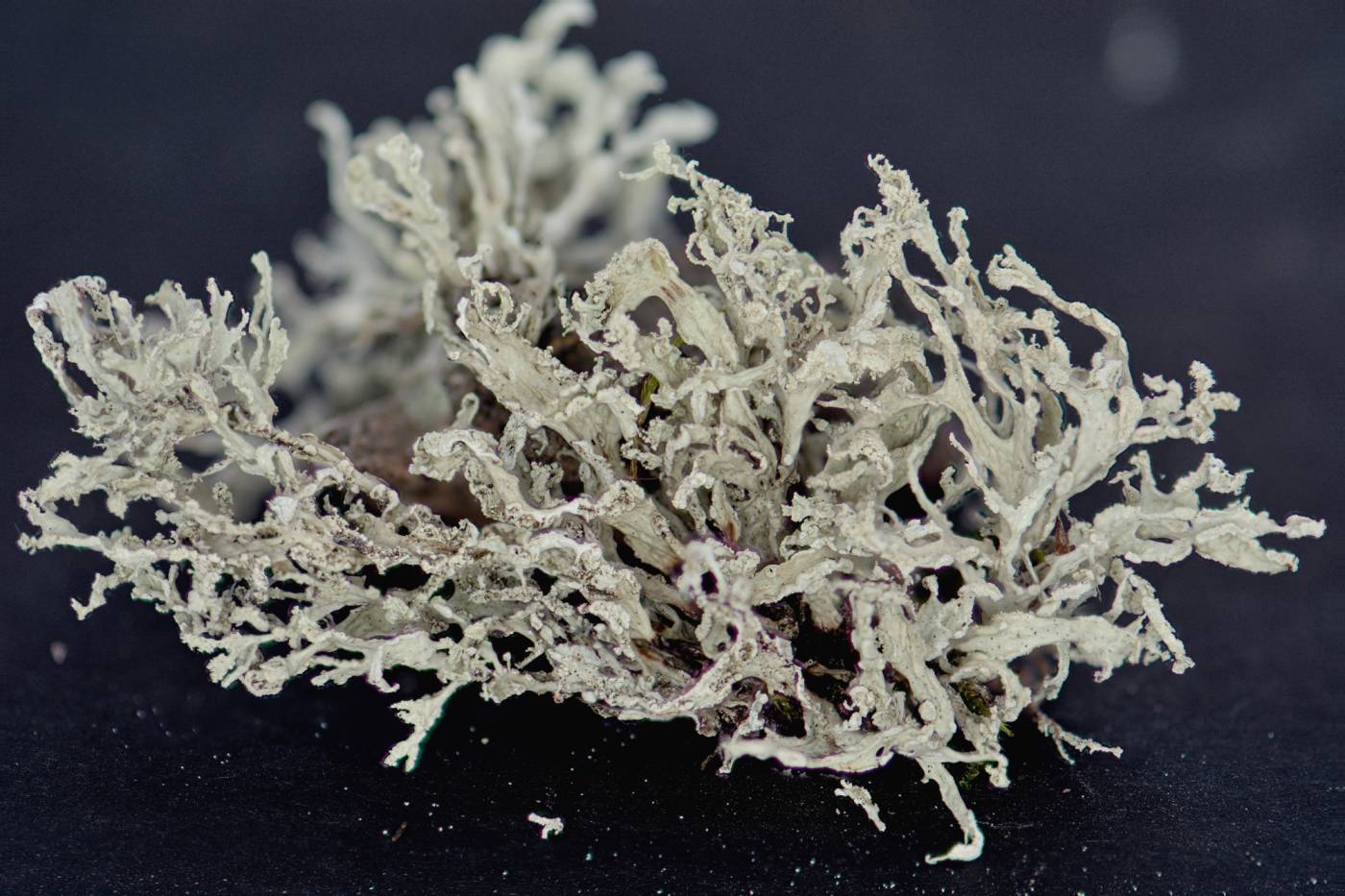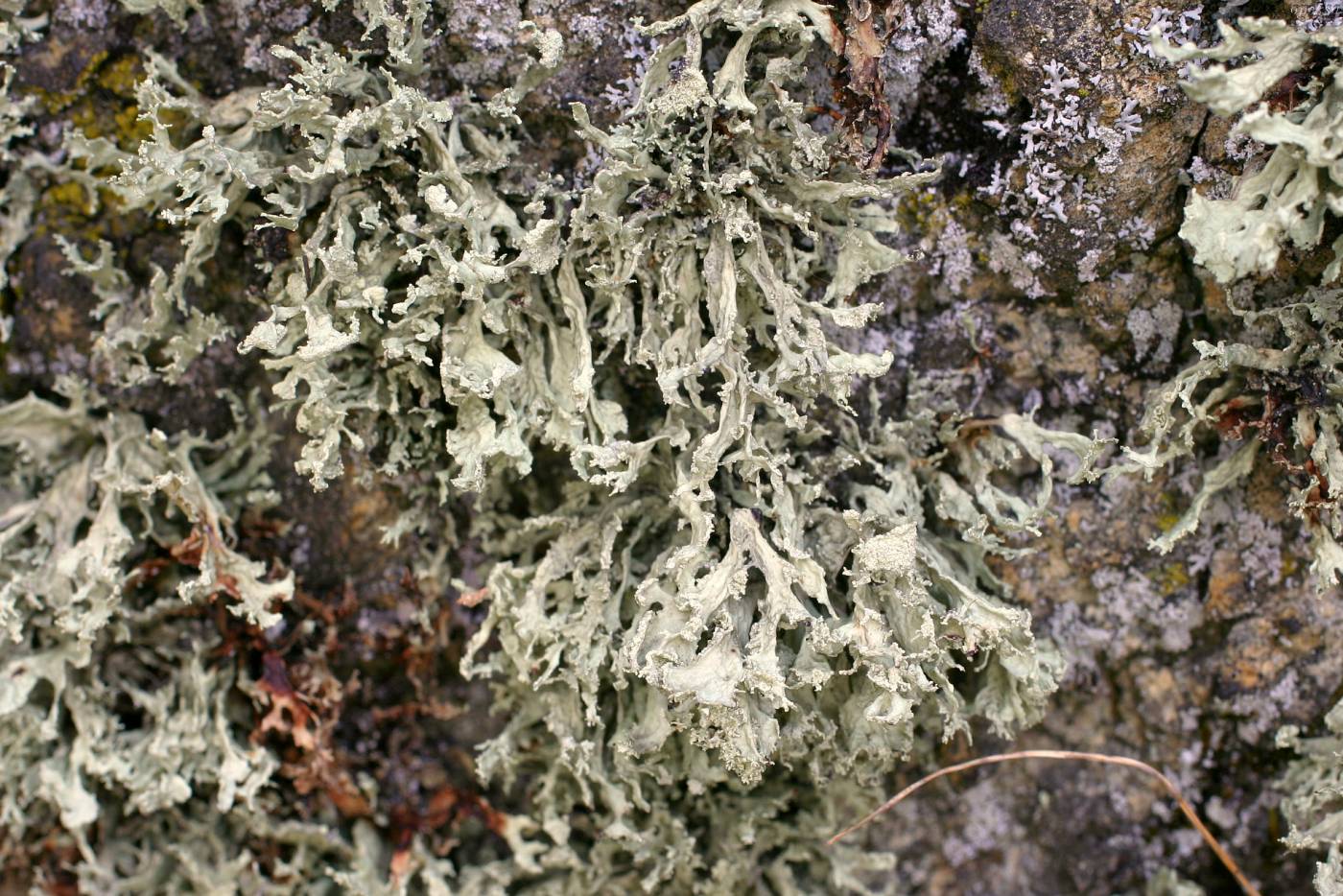This common lichen was described as late as 2017 (Gasparyan et al. 2017). Previously, it had been recorded as R. pollinaria, from which it is distinguished by narrow terminal branches with soredia that are coarser than in R. pollinaria. It occurs on various siliceous or basic rocks, but also as an epiphyte on the trunks of deciduous trees. On rocks, R. europaea prefers vertical surfaces not directly exposed to sunshine and rainfall. The species usually occurs in open landscapes, such as parks, solitary trees or trees along roads, but sometimes also in open forests. In Europe and in the Czech Republic, it is the most abundant Ramalina species. It is absent from highly polluted or eutrophicated areas.
Literature: Gasparyan A., Sipman H. J. M. & Lücking R. (2017): Ramalina europaea and R. labiosorediata, two new species of the R. pollinaria group (Ascomycota: Ramalinaceae), and new typifications for Lichen pollinarius and L. squarrosus. – Lichenologist 49: 301–319.
taxonomic classification:Ascomycota → Lecanoromycetes → Lecanorales → Ramalinaceae → Ramalina
Occurrence in the Czech Republic
All records: 136, confirmed 136. One click on a selected square displays particular record(s), including their source(s).
